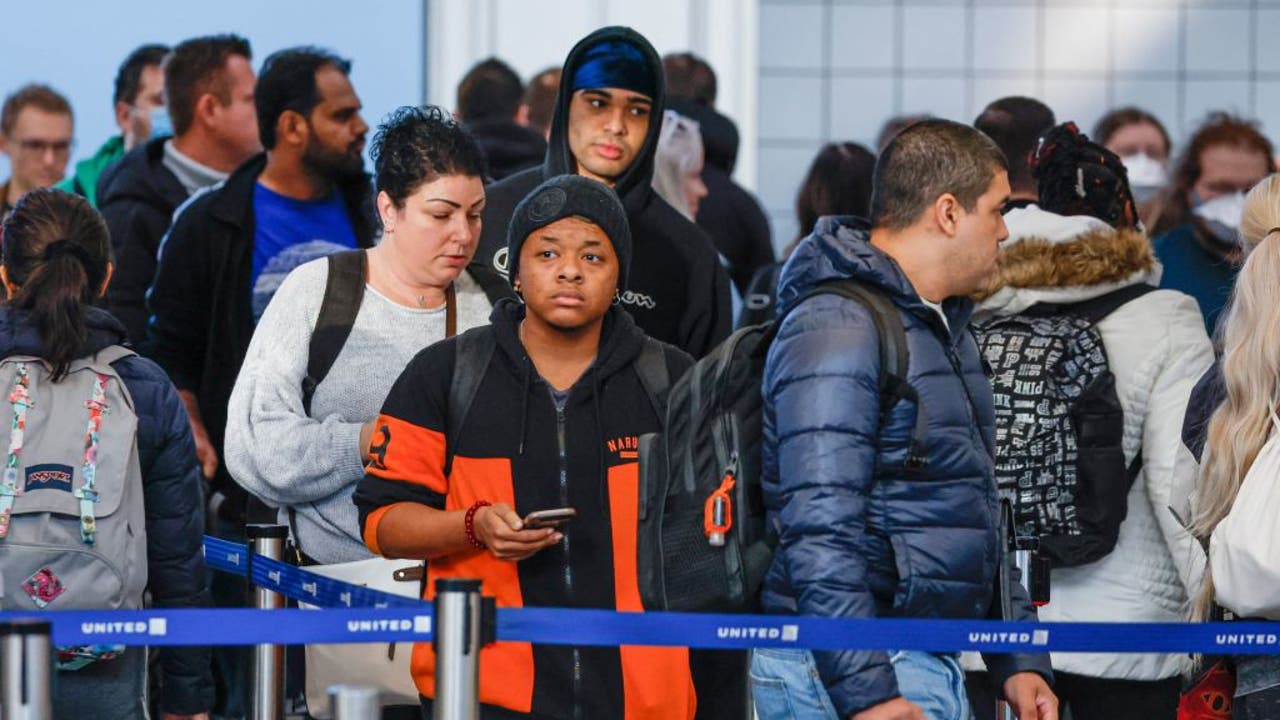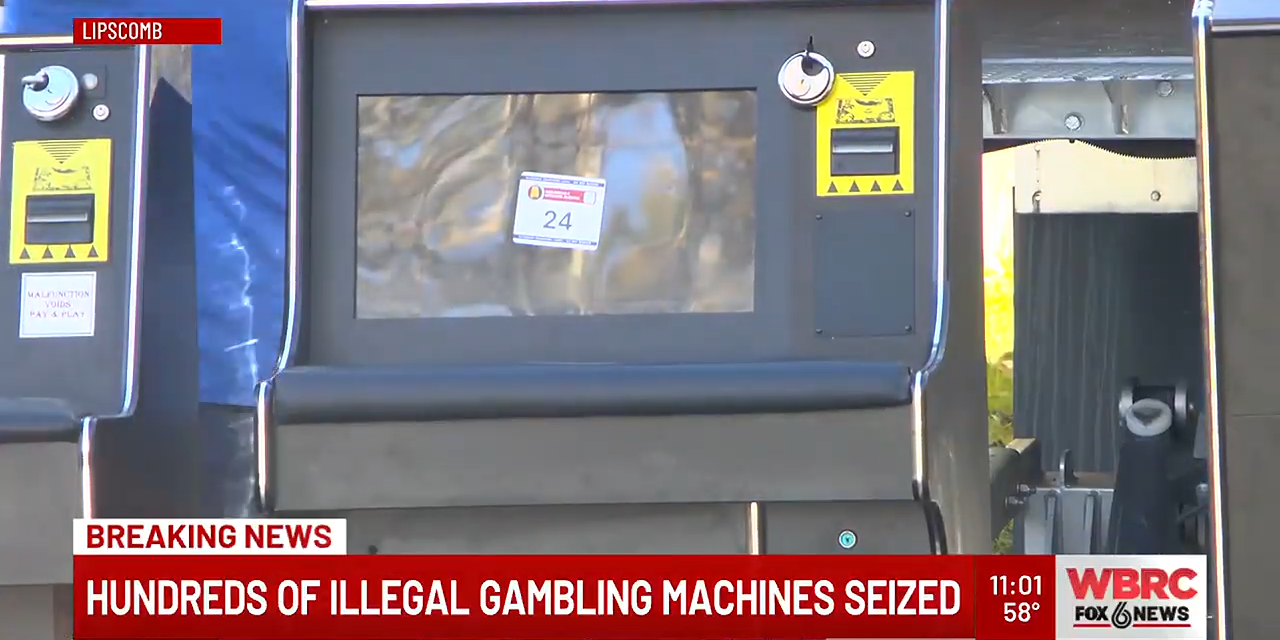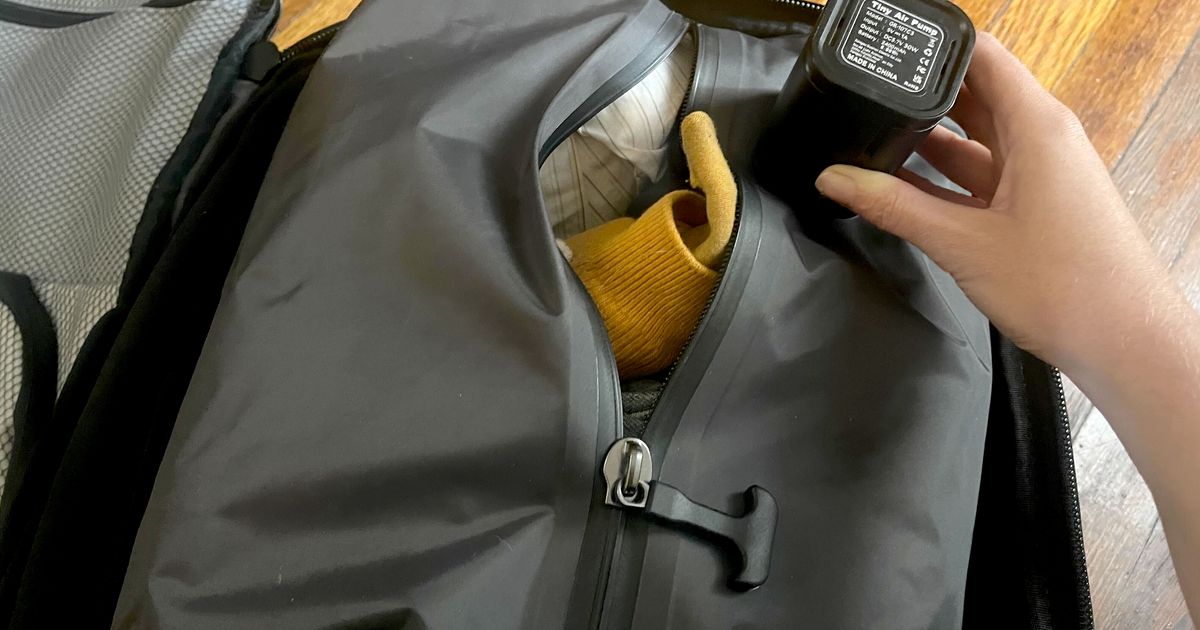World
How did Game 1 turn upside down? Let’s look under the hood

LOS ANGELES — Don’t let the final score fool you.
Yes, Freeman’s blast made for a three-run final margin in a 6-3 Dodgers triumph. But all the tension that built up to the epic finish was because one minor change, one run here or there, could have swung the outcome of the game as part of a nearly dizzying sequence of little things and what-ifs.
That made for a three-run game that still might have been decided on the margins (as well as by one of the most memorable swings in postseason history) in a fitting start to an epic World Series matchup. Let’s dive into the seemingly countless late-game turning points.
Torres can’t handle a short hop
It’s tough enough to navigate the Ohtani-Betts-Freeman portion of the Los Angeles lineup under ideal conditions.
But when Shohei Ohtani hit a liner off the right-field wall with one out in the eighth and the Yankees holding a 2-1 lead, Juan Soto double-clutched and short-hopped the throw to Gleyber Torres at second, who muffed the ball, sending it careening into the air toward the mound.
“Just tried to get back to the base and make a tag,” Torres said. “I feel like if I glove that ball, maybe nothing happens.”
With that, the Yanks’ defense gave the Dodgers’ MVPs an extra base to work with.
Ohtani alertly took third base as Torres later admitted he didn’t know where the ball went, leaving first baseman Anthony Rizzo to jog after the ball while Ohtani took third. Yankees skipper Aaron Boone said Torres could have backed up and taken it on a longer hop.
Instead of the tying run on second with one out, Ohtani stood on third — and Mookie Betts’ sac fly immediately tied the game at 2.
With two outs and the bases empty in the top of the ninth, it was Torres again who crushed a fly ball to left field, where a fan in the first row reached over into the field of play to snag the ball, resulting in a replay-confirmed double due to interference.
When asked if he thought the ball was gone — it would have been a homer at three parks, per Statcast — Torres said only that he hit it well. A matter of inches further, and perhaps this game wouldn’t have reached extra innings at all.
“It was far away. I didn’t really see it well,” Torres said. “I’m just running hard to get to second base.”
The slumbering bat of Jazz Chisholm Jr. finally woke up with his first multihit game of the postseason — which unleashed the true dynamism in his legs.
Chisholm hit a one-out single in the 10th and stole both second and third — the latter without a throw — bringing his total to three, tying the record for the most in a World Series game. He was the first player since Jimmy Slagle in Game 1 of the 1907 World Series to swipe multiple bags in a Fall Classic extra inning.
“It’s tough to defend. It’s tough to account for,” Yankees shortstop Anthony Volpe said. “When you just get on first base and it’s a potential triple every time, it makes them be really careful in how they approach him.”
That made a huge difference. With the lead runner on third instead of second, the Dodgers brought the infield in. Volpe’s subsequent grounder to short would almost certainly have been an easy double play with a normal infield alignment — but instead, shortstop Tommy Edman had to dive for the ball, and the Yankees got a run on an RBI forceout to take a 3-2 lead.
… but should it have been more?
Look closely on that play, and Rizzo, the trail runner, stops short of second and gives himself up, allowing Edman to recover from his dive and flip the ball to Gavin Lux for the second out of the inning. Why did Rizzo hold up?
“Well, I was not getting tagged,” Rizzo said. “He made a play and kind of stumbled, but I feel like if I went in there fully, he could have tagged me. … It’s just necessary not getting tagged there.”
But Rizzo giving himself up led to the same outcome of a potential tag (an out) — only more easily. While Rizzo mentioned the possibility of a double play if he’d been tagged, that would have been very unlikely given how slowly the play developed, the fact that Edman was in no position to make a tag and with a very speedy Volpe running to first.
There looked to at least have been a chance that the Yankees would have had men on first and second with one out and the chance to add more, instead of two outs and a runner on first.
Verdugo makes a Jeter-esque catch — but goes too far
Nestor Cortes actually completed what appeared to be the tougher leg of his 10th-inning assignment as the Yankees clung to a 3-2 lead with two on and one out by getting Ohtani to flare a popup down the left-field line, where Alex Verdugo gave chase into foul territory.
Verdugo snagged the ball on an all-out sprint before hitting the low wall and flipping all the way into the bleachers for a highlight-reel second out that seemingly could have saved the game for the Yankees. But since he went all the way into the stands after the catch, the ball was ruled dead and the runners advanced to second and third base.
“I didn’t know [the rule],” Verdugo said. “I still don’t know.”
Now, with the open base, Boone intentionally walked Betts to load the bases for Freeman — and the rest is history. Would the Yankees have pitched to Betts instead with men on first and second? Who knows?
But all these little moments certainly added up in a huge way.










